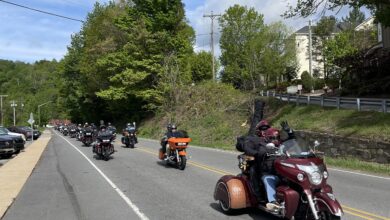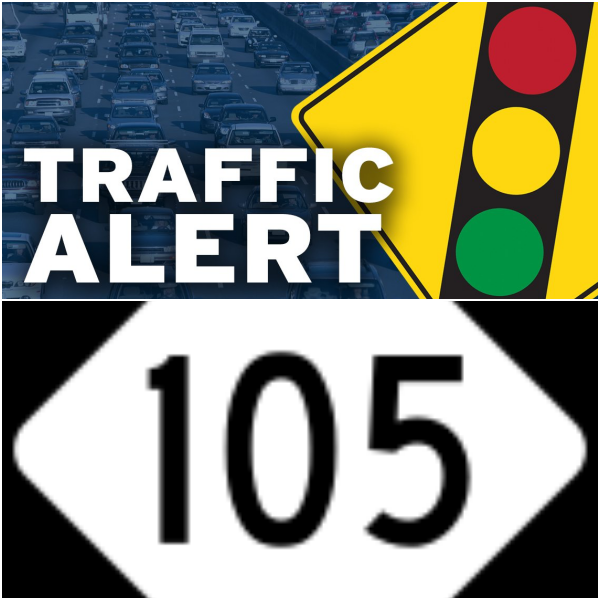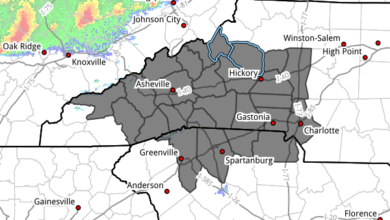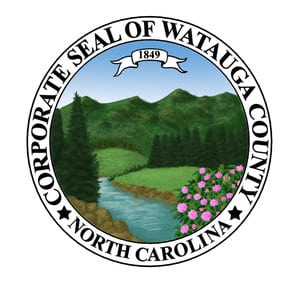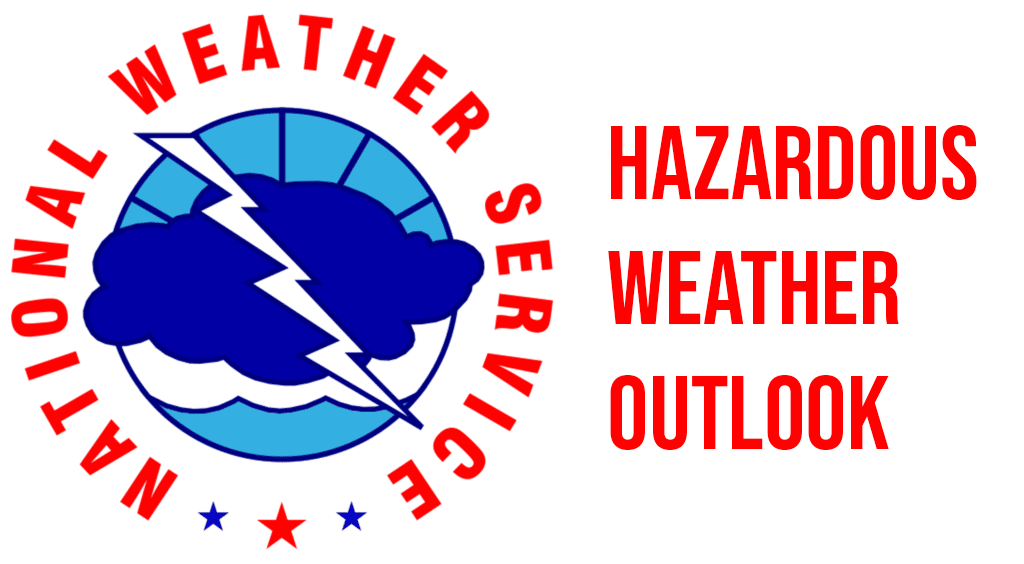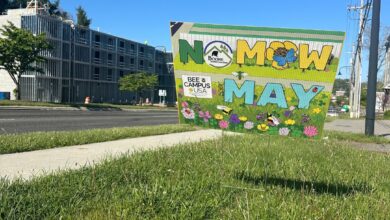Last Updated on September 12, 2017 5:41 pm
RALEIGH – A weakened Hurricane Irma brought strong winds and rain to North Carolina that could have affected forestland and trees.
The N.C. Forest Service encourages landowners and others to exercise caution when assessing storm damage to their woodlands or trees around their homes. Those concerned about the health of their trees should seek advice from their county ranger or other forestry professionals.
Storm damage could include uprooting, wounding, bending and breaking of trees. Standing water, which often accompanies hurricanes, can cause additional stress and mortality. The N.C. Forest Service can help with post-storm inspection, or owners can hire a consulting forester for large tract of lands and an arborist for trees around their homes.
Woodland damage
“Woodlands are often more resilient than we think and will likely recover,” said Agriculture Commissioner Steve Troxler. “If you’re a landowner concerned about your woodlands, talk to your county ranger or a consulting forester who can help you determine if you need a plan for managing damaged timber.”
A management plan should be requested as soon as possible to assess any damage and recommend mitigation measures. A sketch map or aerial photograph of the affected area can also be helpful. The next step is to ground check the damage to determine the need for salvaging the timber. Any salvage operation will depend on location, amount and type of damage, and management objectives.
It is important that landowners have a written contract before selling any of their salvage timber to protect their financial interests. A consulting forester can help with appraising the value of timber and what markets may be available. A management plan will help with planning for the future of the woodlands once the damage is cleaned up.
Residential tree assessment
State Forester David Lane said that after a storm, hasty or emotional decisions about damaged trees can result in unnecessary removals or drastic pruning. Proper and professional pruning practices can help a tree recover from the storm damage. How long that takes can depend on the amount and extent of damage, the tree species and its initial health and age. “A reputable certified arborist can help advise on management, pruning and removal decisions based on your situation,” Lane said. “Prompt, but not hasty, action will get trees on the road to recovery.”
If homeowners decide to prune their own trees, it’s important to follow basic safety rules:
- Watch for downed utility lines and treat them all as live until a utility company official has determined the line is not energized. Even cable TV lines can carry electric current if they contact a power line.
- Be safe with chain saws. Operation of a chain saw in normal conditions can be dangerous. The aftermath of a storm is not the time for inexperienced users to learn.
- Work with an established, local tree service if necessary. Hire only an International Society of Arboriculture Certified Arborist.
After a storm, some homeowners are reluctant to replace downed trees, while others choose to remove trees regardless of how well they survived the storm. Tree damage and tree failures can cause property damage, but the possibility of tree failures can be managed through proper maintenance.
To learn more about recovering from storms and fires, visit the N.C. Forest Service at http://ncforestservice.gov and follow the links under “Managing Your Forest” and “Urban and Community Forestry.” Contact information for county rangers also is available on the website.






